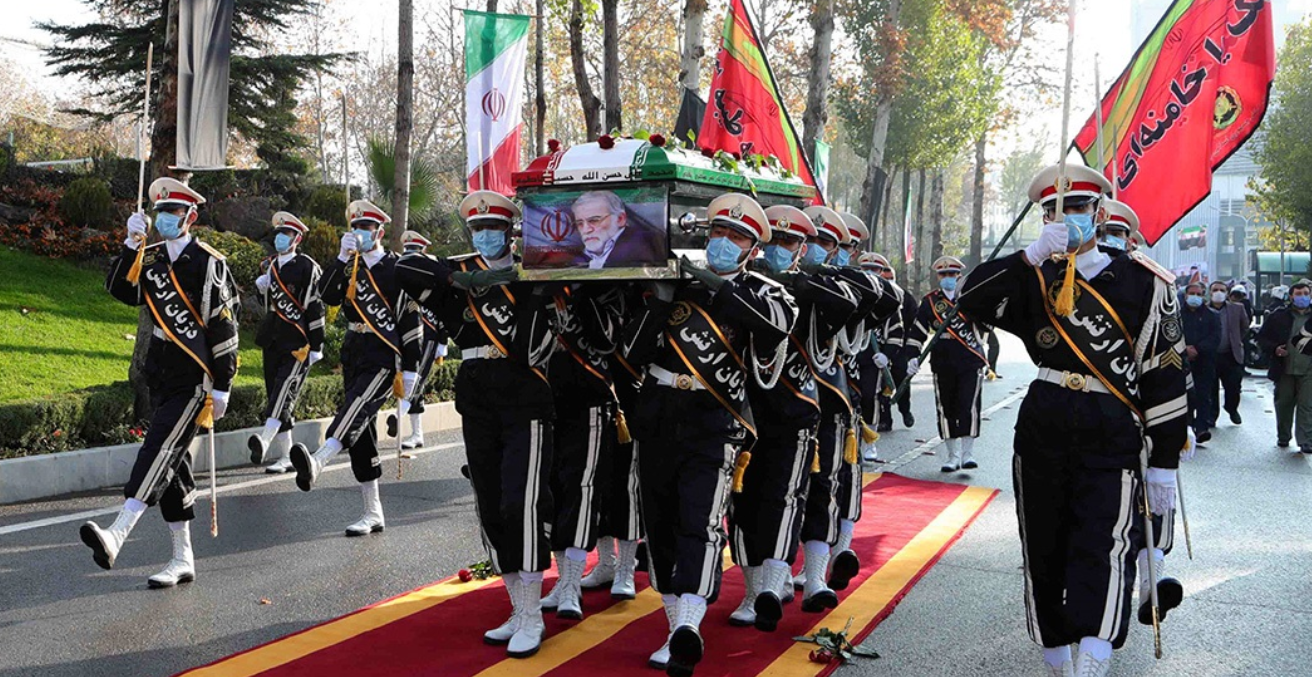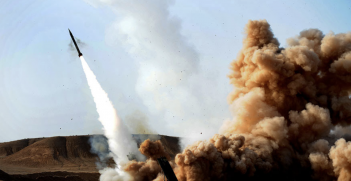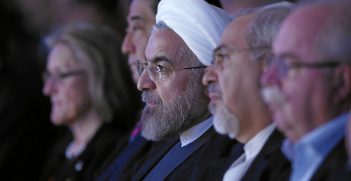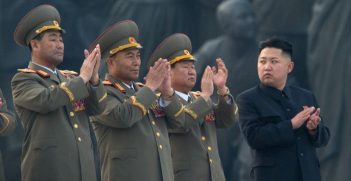Iran’s Nuclear Ambitions

The assassination of Iranian nuclear scientist Mohsen Fakhrizadeh is immensely provocative to all Iranians. It may be the tipping point towards a full Iranian nuclear weapons program.
Return to the Joint Comprehensive Plan of Action (JCPOA) seems improbable, unless Joe Biden meets Iran’s new two-month deadline to lift oil and banking sanctions. US renunciation of the JCPOA is a tale told by an idiot (Trump), but unfortunately it signifies something – a distinct possibility of the nuclear weaponisation of the whole Middle East region.
Ever since the United States introduced its Atoms for Peace Program in the 1950s, Iran has wanted nuclear technology. The Shah’s vision was for 23 power reactors along the Persian Gulf. Gerald Ford offered him a US-built reprocessing plant to extract plutonium from irradiated fuel to complete the nuclear fuel cycle. The Shah’s paranoia about the Soviet expansionist desire for a warm water port on the Gulf may have led him to embark on a weapons program. He had active connivance from Israel and South Africa, but the Shah fled into exiled in 1979 before he could embark on such an option.
The Ayatollahs reluctantly took up the remnants of the Shah’s nuclear program, including its nascent research assets. Iran now operates one 420 MW power reactor at Bushehr on the Gulf. It also has enrichment, re-processing and research facilities, and uranium mines. Iran could make uranium or plutonium nuclear weapons in relatively short order, realising Israel’s worst fears. But until Trump chose to walk away from the JCPOA, did Iran really want bombs? Its early record indicates that it wanted to remain a nuclear non weapons state, one that would continue to develop a peaceful nuclear program in accordance with the provisions of the Non-Proliferation Treaty (NPT).
Look at the record. Iran signed the Nuclear Non-Proliferation Treaty as a non-weapon state in 1968. It signed the NPT Additional Protocol in 2003. Ayatollah Khamenei pronounced a fatwa against nuclear weapons in 2005. And, most recently, Iran signed the Agreed JCPOA in April 2015. Painstakingly negotiated over years between Iran, the Permanent Members of the Security Council, the European Union, and with Germany as a separate nation, the JCPOA was a triumph of multilateral diplomacy.
In the face of repeated Israeli assertions that Iran has already embarked on a secret bomb plan, the JCPOA provisions are worth recalling. In exchange for the lifting of economic sanctions imposed by the US, EU and UN Security Council, Iran agreed to eliminate its stockpile of medium enriched uranium (enriched to 20 percent in the isotope U 235), cut its stockpile of low-enriched uranium (3-4 percent U 235), reduce by two thirds its inventory of centrifuges for 13 years, enrich its uranium up to only 3.65 percent U 235 for the next 15 years, not build any new heavy water facilities for 15 years, reduce its enrichment facilities to one for the next ten years using first-generation centrifuges, and convert its other nuclear facilities to avoid proliferation risks.
These voluntary restraints would have put back any secret plans to build a bomb for around 15 years, even if it had such a program. Under the JCPOA, Iran also agreed to the most rigorous International Atomic Energy Agency regime ever devised – continuous round the clock inspection of all its nuclear facilities. In 2018, IAEA inspectors spent 3000 calendar days in Iran installing tamper-proof seals and collecting surveillance camera photographs.
On 8 May 2018, Trump ramped up his destructive policy towards Iran. He withdrew the US from the JCPOA, falsely claiming multiple breaches of the agreement by Iran. In November, he applied beefed-up US sanctions, claiming he wanted Iran to stop supporting militant groups in the region and halting its ballistic missile program. Trump’s provocations and those of the Israelis continued. Cyber attacks were launched against selected Iranian nuclear utilities. Kinetic explosions destroyed others. Selected Iranians were assassinated, including Qassem Soleimani, head of the Revolutionary Guards in July 2020, and most recently, the nuclear physicist Mohsen Fakhrizadeh at the end of November. All these acts were immensely provocative to Iran, its leaders and people.
In response, in July 2019, Iran admitted that it had breached the upper limit of its low-enriched uranium holdings, later confirmed by the IAEA. And with the latest assassination, it has enacted a law raising enrichment levels of its uranium to 20% in the isotope U 235, still a far cry from the 90 percent required for uranium bombs, but well above its LEU levels of 4% as feedstock for its Bushehr reactor. Ominously, it has also ordered the expulsion of all IAEA inspectors, and demanded the lifting of all US sanctions by the end of February. Unstated is the threat that it will embark on a nuclear weapons program if this does not happen. President Rouhani has promised retaliation against the latest outrage in due course.
What on earth do the Israelis or Trump expect to gain from such provocations? Destroy Iran’s will to continue its so-far peaceful nuclear program? Increase the determination of Iranian hard-liners, who fiercely resisted signing the JCPOA, to embark on a nuclear weapons program? Start another war in the Middle East? Every external provocation increases the power of Iranian hardliners, who point out that their country is surrounded by others armed with nuclear weapons, including India and Pakistan, China and Russia, Israel and the United States Sixth Fleet in the Gulf, and, like North Korea, should acquire its own weapons as a deterrent against them.
Sanctions have grievously affected Iran’s economy and standard of living. The impact on public health, when many are infected with COVID-19, is particularly serious. But Americans who hope that this will lead to a popular uprising have for years been disappointed. Whether Iranians like their current leaders or not, they remember the British and American overthrow of their democratically-elected Prime Minister, Mossadegh, in 1953, and will continue to resist Israel’s aggression.
President Ahmadinejad’s fiery rhetoric about driving the Israelis into the sea gave oxygen to Israeli hard-liners wanting to destroy Iran’s nuclear assets before it developed nuclear weapons. Following his election in 2013, President Hassan Rouhani has proved to be a moderate, much more inclined to negotiate with his enemies than Ahmadinejad. But Rouhani’s patience is being sorely tried, and he may be replaced quite soon with someone like his predecessor.
Meanwhile, Trump may have been dissuaded by calmer voices in Washington from bombing Iranian nuclear facilities with B 52s. But his actions are unpredictable, and he may in the weeks remaining of his presidency yet do something that will make it impossible for Biden to build bridges back to some kind of JCPOA to which Iran will subscribe. The situation remains very dangerous.
Richard Broinowski AO is a past president of AIIA NSW and a frequent commentator on public affairs on radio and television. He served in the Australian Embassy in Tehran as a First Secretary in 1971-73, and was later Australian Ambassador to Vietnam, Republic of Korea, Central American Republics and Cuba, and General Manager of Radio Australia.
This article was originally published in Pearls and Irritations on 7 December 2020.





